For Plastic Free July, the #NYUGreen team has primarily focused on reducing our single-use plastics and supplementing them with accessible alternatives. But as Plastic Free July comes to a close, we want to address other products that can contribute to microplastics and you might just be wearing them!
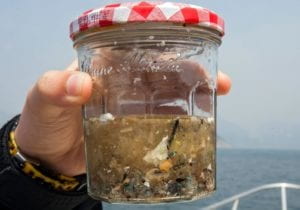
The National Oceanic and Atmospheric Administration (NOAA) defines microplastics as plastics less than five millimeters in size. This is just about the size of a sesame seed! Remember those microbeads that were commonly found in face wash? Those are microplastics and the U.S. government banned them in 2015. Meanwhile, a recent study found that each washing machine cycle can produce around 700,000 microplastic fibers that can enter the environment. Another study found that in just one plastic water bottle there are microplastic concentrations as high as 10,000 pieces of plastic for each liter of water. If drinking water isn’t concerning enough, scientists found 100 species of fish that have ingested microplastics and microplastics ingestion can cause harm to species like seabirds. At the moment, there have not been significant studies linking human ingestion of microplastics to health problems. However, plastics are known to carry many chemicals. Read our discussion with two representatives from NGOs leading the plastic pollution x fashion movement -Lauren Fay, the Executive Director of Fashion Revolution USA, and Silvia Raccagni, the Director of Communications at Parley for the Oceans- about how the NYU community can make short and long term contributions to the microplastics crisis.
Sophie Kennedy (SK): How can NYU students and our community get involved to fight plastic pollution? In addition, as consumers, what actions can we take to shape creative industries?
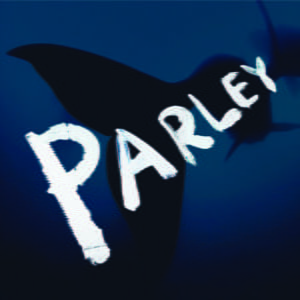
Silvia Raccagni (SR): There are simple steps we can all take right away.
- Take the pledge and start questioning every item you use.
- Choose to avoid single-use plastics. Start with one item. Banish plastic bags/bottles/straws/cups from your life.
- Talk about it. Share your reasons for acting and post your progress on social media (#ParleyAIR @parley.tv)
SK: How can the NYU community avoid or prevent microplastic fibers- are there certain companies, fabrics, or products to keep an eye out for?
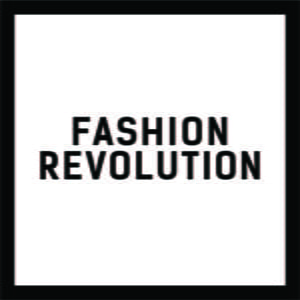
Lauren Fay (LF): Guppy Friend is sold at Patagonia for cost and is a great tool. Check out @stopmicrowaste. Also check out @5gyres, a great non-profit run by the incredible Anna Cummins who helped to pass the ban on microbeads. I have infinite respect for the work she does. I am a fan of Dr. Bronners, and Seventh Generation for natural soaps. Lastly, what’s super important to remember about laundry is that you don’t need to wash a lot of things in the machine. Our washing machines (particularly the top-loading ones) agitate the heck out of our clothing. That makes fabrics shed more microfibers. To reiterate, I think that in the US, our laundry habits are a big source of this problem. Hand wash whatever you can. Yes, it takes time, but it can become a ritual and I actually enjoy it. It zens me out. Even workout clothes, just put them in a bowl with some vinegar and water when you are done with your workout. And then you can hand-wash them when you have more time. Also, air dry everything. Seriously, you can. The only things I put in the dryer now are sheets and towels, and those are 100% natural fibers.
SK: How can the fashion community fight microplastics and plastic pollution?
LF: Phew, this is a big question. Acknowledging and owning the issue is the first step. Being conscious of the materials that they use and trying to avoid using polyester, acrylic, nylon, rayon, acetate, spandex, lastex, orlon and Kevlar is another. And when using man-made textiles, trying to at least use recycled versions of these materials would be a great step forward.
SR: Fashion has a big part to play because fashion has the superpower of establishing trends and creating desire. It also is the business sector that leads the pollution of our planet and has a leading role in destroying our oceans. But it has this creative core, the heart of the artisan and we know that there is huge potential for rapid change.
Plastic is a design failure and there is no concept of circular economy that will ever be able to keep this material ‘in a closed loop’. It needs to go. But what we can do now, what everyone can immediately do, is to end the use of virgin plastic, that means new plastic material.
The long-term solution is to redesign the material itself and replace it with better material, biomaterials, natural materials etc. The fashion industry has a responsibility to drive this change.
SK: Has Parley done any work on plastic-based textiles in the fashion industry?
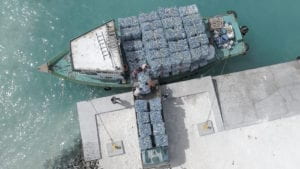
SR: Our partnership with adidas started in 2015. adidas is both structured and flexible, but also confident to let us be demanding, annoying even. Plus, they knew they were producing plastic waste, and were determined to cut it down. Our area of focus is around the implementation of the Parley AIR strategy (Avoid; Intercept; Redesign). From a product perspective, adidas made 1 million products with Parley Ocean Plastic® in 2017 and they are making five times more this year.
In terms of moving away from plastics, during the Parley x Biofabricate conference held in New York in December 2017, Parley for the Oceans announced a partnership with Biofabricate and launched the ‘Material Revolution’ to boost the development of new materials that can replace current plastic and drive the success of the third pillar of Parley AIR: Redesign.
SK: Do you recommend any natural plastic free items or designers that use them that are college-budget friendly?
LF: Pact Organic and Alternative Apparel have great basics. And Garmentory and Amour Vert have a great collections of investment pieces.
SK: When it comes to avoiding microplastic fibers what should you look for when shopping second hand?
LF: Try to buy something that is made of natural fibers—cotton, wool, hemp, etc. But if the piece has synthetics in it (and many of them will), then just care for your clothing gently. Hand wash all vintage (check out @thelaundress for washing tips) and if you need to machine wash something—put it in a Guppy Friend (that’s a $35 investment but I have had mine for almost a year, and it’s going strong).
Key Takeaways: Microplastics are not cool. Ditch your single-use plastics. Wash responsibly. Look for natural fibers. Challenge industry!
For more on microplastics and seafood.
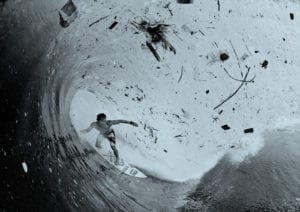
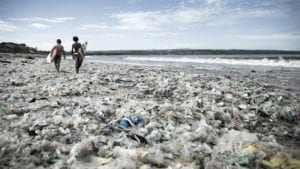

Hello there! Would you mind if I share your blog with my facebook group?
There’s a lot of people that I think would really enjoy
your content. Please let me know. Thank you
Of course, we welcome anyone to share our content!
Inspiring quest there. What happened after? Take care!